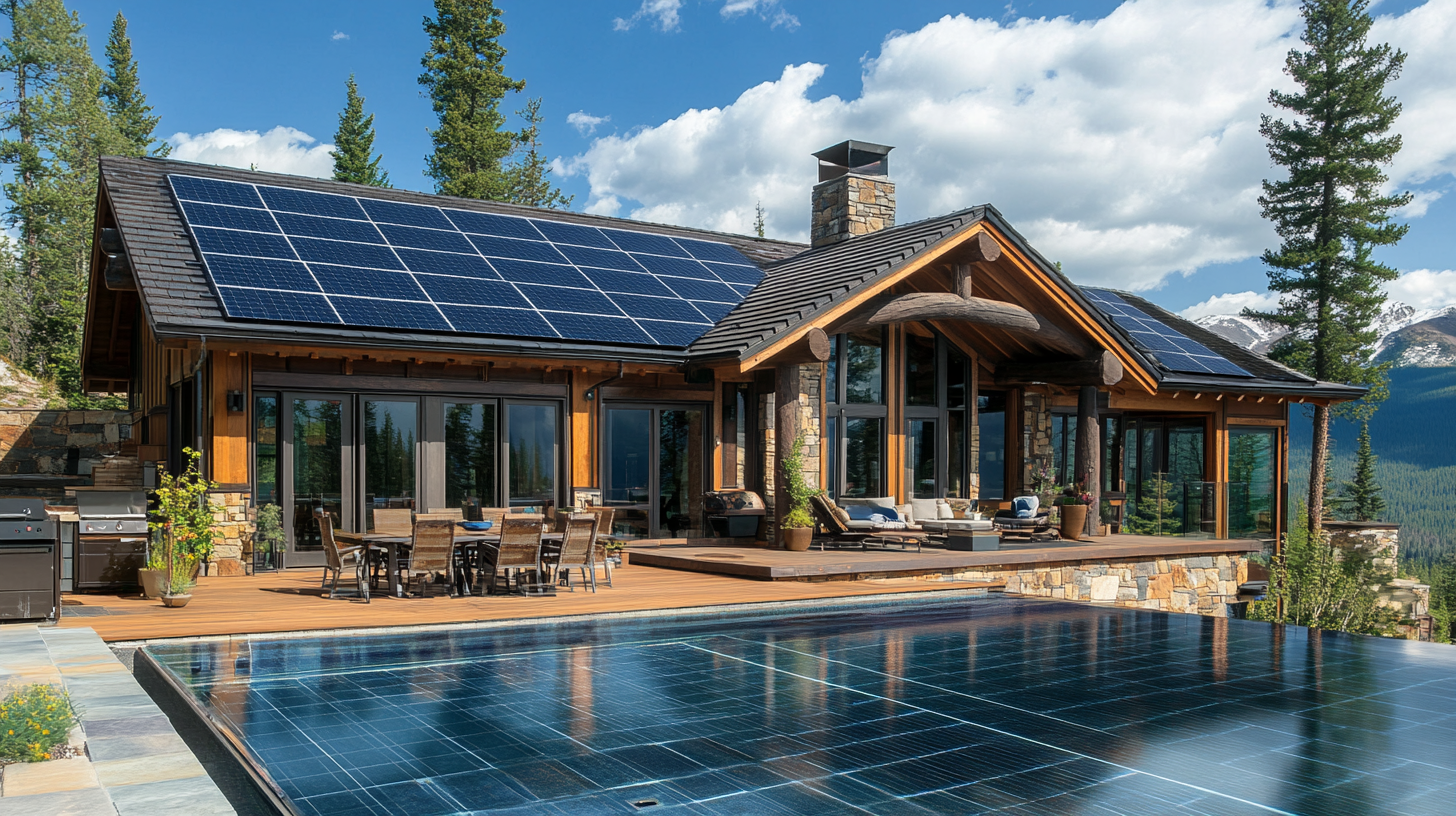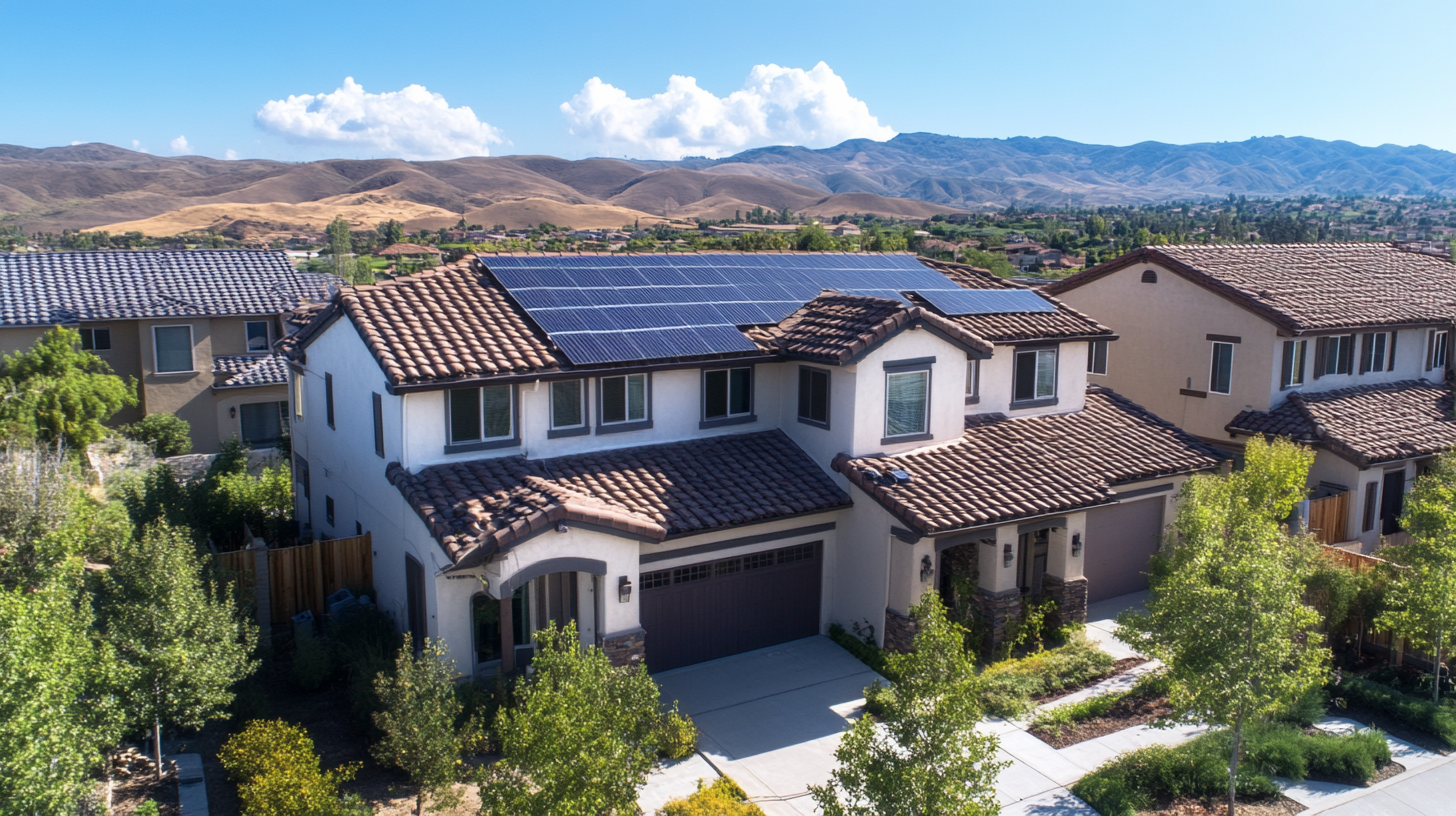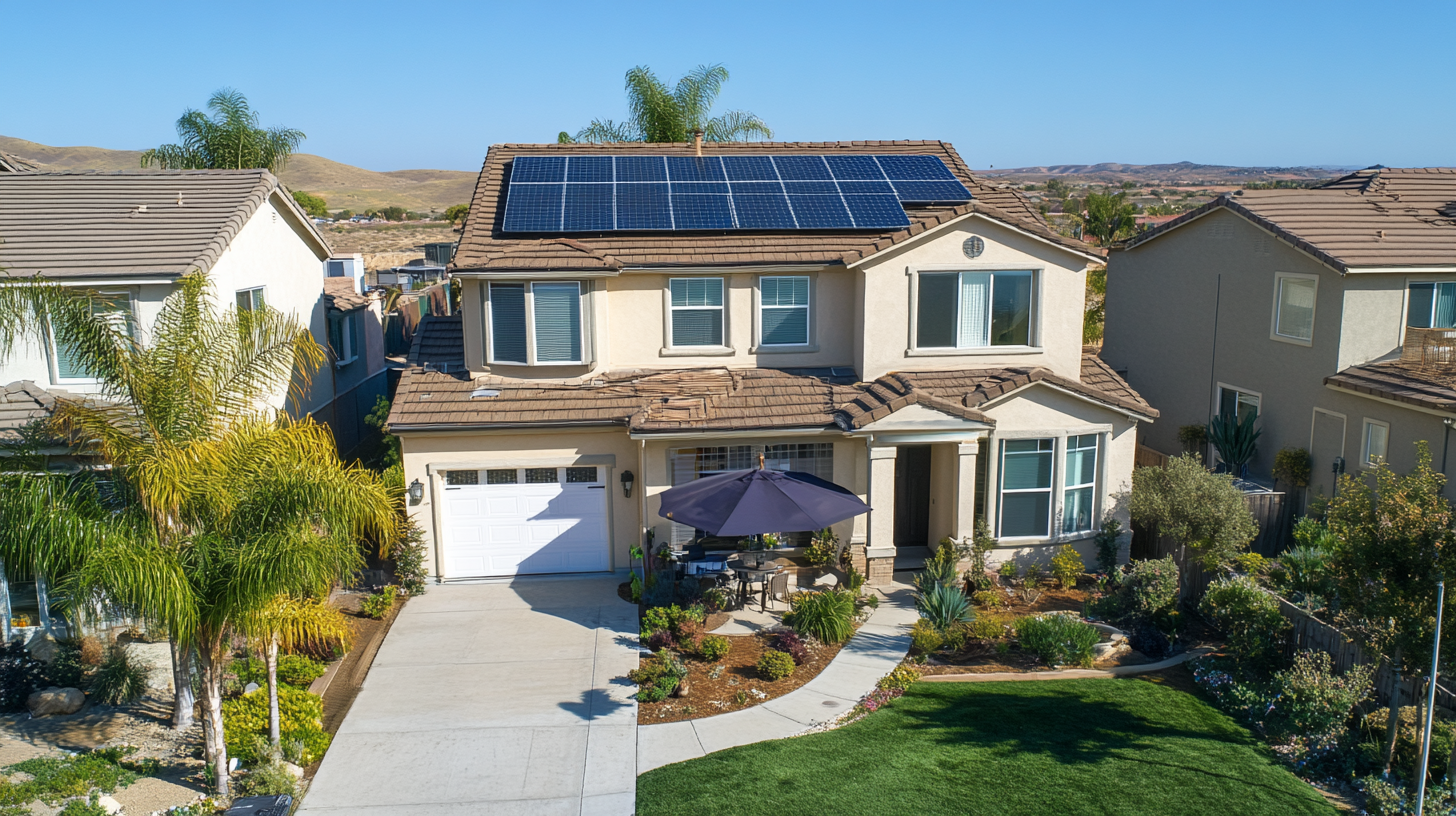Blog
- Home
- Blog
Global Insights on Residential Solar Panels Market by 2025 Trends Data and Strategies for Success
The residential solar panels market is transforming fast. By 2025, the world could witness maximum changes. Bucking the trend toward the conservation of the environment, homeowners and policy makers are also awakening to the importance of solar energy in contributing to sustainable development. This blog intends to look into the trend, statistics, and strategies underpinning the residential solar panels scenario that can give stakeholders some hand-holding to maneuver the evolving market effectively.
With advancements in technology and falling costs of installation, the race of adoption of residential solar panels will gain momentum, creating further challenges and opportunities for businesses operating in the sector. From government incentives to innovative financing models, several factors are persuading consumers to make decisions and demand these solar panels. In identifying emerging trends and successful strategies, we analyze how residential solar panels market players can maintain a competitive edge in achieving a greener and energy-efficient environment.

Global Market Growth Projections for Residential Solar Panels by 2025
The residential solar panels market forecast is likely to record impressive growth through the years. The market is estimated at $3.97 billion in 2025 and is projected to increase to $7.95 billion by 2032, with an annual growth rate of 10.43%. This increasing trend denotes the growing acceptance of solar technology as a sustainable energy solution by different countries as per needs. The Asia-Pacific region is expected to play a significant role in this. The residential solar photovoltaic (PV) component market is anticipated to cross the mark of $29.6 billion in 2023 and will continue at an estimated CAGR of around 3.7% towards 2032. This strong growth is because of government initiatives promoting residential rooftop solar systems, gaining momentum in many countries. In fact, in the united states, an increase in solar installation can also be expected with exciting incentives such as tax credits for solar panels. As deadlines for those incentives near, developers scramble to do their installations and maybe bring about a solar boom. The same urgency could also be reflected in southeast asia, where the end of tariffs on solar panels has encouraged developers to use existing inventories and hence boost the speed of adding projects for solar energy. In addition, emerging markets offer promising avenues in the future not only on automated solar panel cleaning systems, expected to grow beyond $1 billion by 2024 and to reach a CAGR of more than 7.2%, but also on the recycling of PV modules, with an estimated growth of about 12.5% from $1.13 billion in 2024 to $3.35 billion in 2033. Bringing all of these into perspective, change in the current phases will continue to transform the residential solar panels market into new venues and pathways for innovative successes of the future.

Key Drivers Influencing Consumer Adoption of Solar Energy Solutions
The residential solar panel market is maturing grossly under the sustainable energy paradigm. It is critical to understand the consumer adoption-pulling factors to milk this momentum. Mainly, the increased awareness of environmental issues has catapulted consumers to seek renewable energy alternatives. During the discussion on climate change, people are being more aware of solar panels' role in carbon footprint reduction and restoration of a cleaner planet.
Financial incentives have also turned out to be some of the strongest forces pushing toward solar energy adoption. Government subsidies, tax credits, and rebates sweeten the initial investment deal for homeowners. These financial incentives lower the barriers to entry for homeowners and improve the return on investment, thereby making solar energy more attractive for the long term. Exponential increase in consumer awareness of these incentives is likely to increase the adoption rate.
Further, the ongoing technological advancements have improved the efficiency and accessibility of solar panels. From smart solar systems to battery storage solutions, innovations are now allowing homeowners to optimize their energy use by reducing dependence on electricity from the grid. As a result of this technological advancement and increased electricity prices, more consumers are now looking at solar installations as a feasible option for generating energy economically. The mix of these elements presents a promising solar market for residences towards 2025.

Technological Advancements Shaping the Future of Residential Solar Systems
The movement from traditional solitary energy methods to residential solar powered systems is requiring drastic changes as a result of modern technologies. These innovations in solar technology increase the energy independence of the house owner with ever-growing demand for sustainable energy sources in recent times. Solar power capacity will soar above 800 GW globally in the next two years through 2023-2025, according to a very recent report published by International Energy Agency (IEA), thus showing that things are geared towards increased adoption of residential solar systems.
High-efficiency photovoltaic (PV) cells are major advancements that have significantly impacted the market. Studies have shown that the efficiency of solar panels has more than doubled over the last 20 years, with world's leading manufacturers already coming up with panels with power efficiencies more than 22%. Not only would this increase energy capture, but it would also allow installation for particularly optimizing energy output from roofs that are small in size. The advent of bifacial solar panels, which can capture sunlight from both the top and underneath surfaces, will also stand as an innovative breakthrough that will push installations on the residential scale.
Among the many advancements that will determine the next generation of residential solar systems lies energy storage technology. As per the markets and markets forecast, the global battery storage market will reach $25billion by 2026. Such investments are hugely promising as most homeowners are turning to solar-plus-storage solutions to provide energy self-sufficiency and resiliency. This means they can store energy in times of surplus to enjoy it during power outages or peak demand times. With the decline in price of energy storage systems, more households are warming up to the idea that energy storage becomes a more attractive option and pushes for the switch to renewable energy inside a household.

Competitive Landscape: Leading Players and Market Strategies in Solar Sector
Amplified trend toward sustainability has put the residential solar panel segment in a very critical position in renewable energy. If the competition launches valid strategies towards market share, we may have an intensifying competitive environment by the year 2025, when the major contenders will fight it out amidst themselves. Analytics show that the global residential solar panel market will hit some significant milestones in the coming years along the same lines of parallel industries.
As per recent market analysis, some industries show firm growth paths that may parallel what is happening in the solar panel market. Like the PLC expansion modules market of $320 million in 2022, which is expected to progress towards $580 million by 2030, with a CAGR of 8.6% from 2024 to 2030. In line with the general trend towards automation and efficiency, this will be propelling advances in solar energy solutions, too.
Solar companies are following a similar trend as that in the semiconductor industry, which is projected to grow from $5.75 billion in 2022 to $9.19 billion by 2030, at a CAGR of 7.2%. Companies within this sector are employing competitive strategies focused on scalability and integration of advanced technology. By taking cues from best practices in other industries, the solar panel stakeholders can create stronger value propositions and gain traction in the market. More than ever, tracking these trends is essential for players attempting to polarize themselves amid growing competition.
Regulatory Trends and Incentives Impacting Residential Solar Installations
The market for residential solar panels is transforming rapidly due to the influence of regulatory trends and incentives related to sustainable energy technology. Governments are now realizing the extensive environmental benefits of solar energy; hence, they are currently formulating policies to facilitate effective solar installations and usages. Examples of such subsidies include tax credits, rebates, and net metering policies. The aforementioned incentives are considered very critical for homeowners making them to adopt solar technologies, as they lessen the upfront costs and improve overall returns on investments in the future.
Besides that, the regulatory environment has also been changing to make residential solar installations much more accessible and less cumbersome. Many regions have adopted easy permitting procedures to cut much of bureaucratic red tape, thus minimizing the time homeowners would have had to wait to shift to solar power. In addition, some states are enacting renewable portfolio standards encouraging that a certain proportion of energy be renewable. This gives room for an intensive solar energy market and encourages actions geared toward residential installations as part of a holistic drive to meet energy goals.
As developments keep influencing the processes, the solar industry is that much ahead, bearing in mind that these changes are more directed towards collective efforts for carbon footprints reduction and energy independence. Such matters need manufacturer, installer, and policymaker stakeholders to join forces and work together efficiently to discover the most accessible methods of putting together the incentives. Future endeavors will hence be dependent on the alignment of regulatory supports with market strategies, thus suggesting positive developments for the residential solar panels segment.